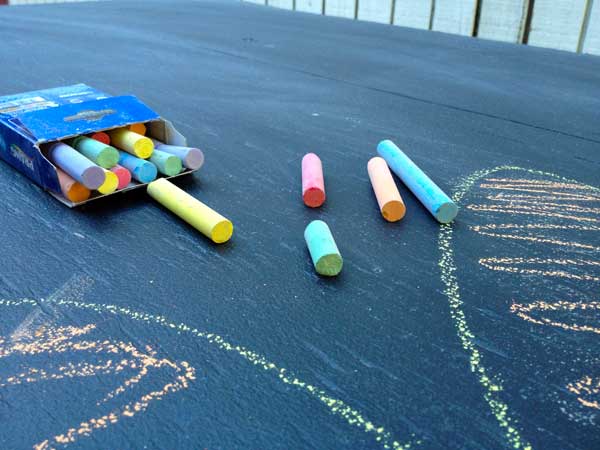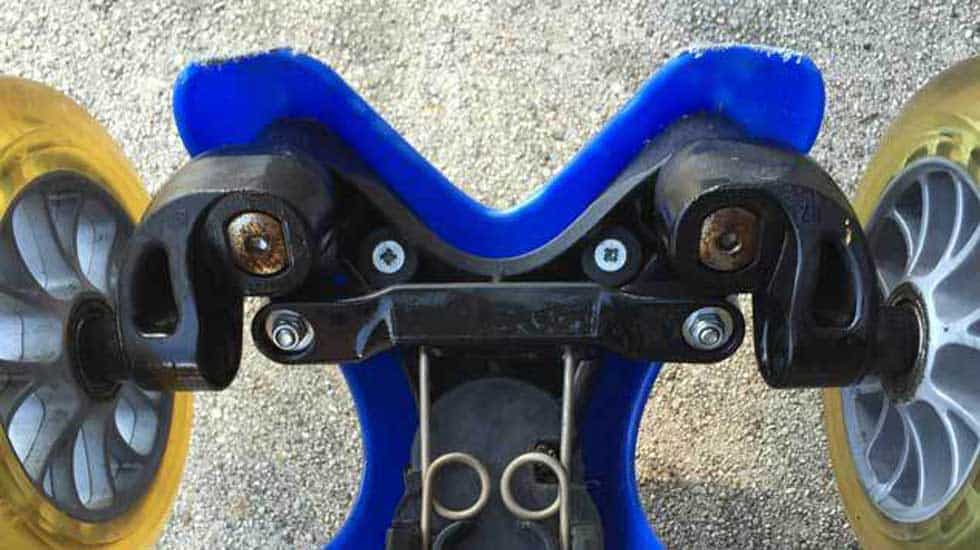Are you looking for a creative and engaging project to do with your children? Building a DIY puppet theater is a fantastic idea that will not only provide endless entertainment but also encourage imagination and creativity.

Here is the step-by-step process of building your own puppet theater from scratch. By the end, you’ll have a sturdy and personalized puppet theater that will bring joy to both children and adults alike.
Understanding the Basics of a Puppet Theater
Before we dive into the construction process, let’s take a moment to explore the significance of a puppet theater in child development. Puppet theaters play a crucial role in enhancing communication skills, stimulating creativity, and fostering social interaction. Through puppetry, children can express themselves, develop characters, and explore various roles and emotions.
The Importance of a Puppet Theater in Child Development
A puppet theater provides a safe and imaginative space for children to learn essential skills. It promotes storytelling abilities, improves vocabulary, and encourages public speaking, all while having fun. Engaging in puppetry also has therapeutic benefits, helping children express feelings, resolve conflicts, and develop empathy.
Furthermore, puppet theaters can serve as a bridge between generations, as they have been a cherished form of entertainment for centuries. The tradition of puppetry has deep cultural roots in many societies around the world, offering a rich tapestry of stories and characters that can captivate audiences of all ages.
Different Types of Puppet Theaters
There are various types of puppet theaters to choose from, depending on your preferences and available space. Tabletop theaters are compact and require minimal setup, making them ideal for small rooms or traveling. Stand-alone theaters are more elaborate and provide a dedicated performance area that can be decorated and customized to your liking. You can also opt for a doorway theater, which utilizes the frame of a door to create an instant stage.
For those interested in a more immersive experience, shadow puppet theaters offer a unique form of storytelling using light and shadow effects. These theaters often feature intricate designs and allow for creative exploration of different visual effects to enhance the performance.
Gathering Your Materials
Before you embark on the construction process, it’s essential to gather all the necessary materials. Here are the tools and materials you’ll need:
Essential Tools for Building a Puppet Theater
- A measuring tape for accurate dimensions
- A power drill for making holes and attaching parts
- A saw for cutting wood or PVC pipes
- Sandpaper for smoothing rough edges
- A staple gun or nails for securing fabrics or surfaces
Choosing the Right Materials for Durability and Safety
When it comes to material selection, consider durability, safety, and sustainability. Sturdy wood, such as plywood, is a popular choice for the frame, while PVC pipes provide a lightweight and affordable alternative. Opt for non-toxic paints and varnishes to ensure the theater is safe for children. Additionally, choose fabrics that are easy to clean and resilient to wear and tear.
Another important consideration when selecting materials is the overall aesthetic appeal of your puppet theater. Think about the color scheme and design elements that will complement the space where the theater will be placed. You may want to choose vibrant colors and patterns for a playful and engaging look, or opt for a more neutral palette for a classic and timeless feel.
For added customization, consider incorporating additional elements such as decorative trims, LED lights for a magical glow during performances, or even small storage compartments to keep puppet accessories organized. These extra touches can elevate the visual appeal of your puppet theater and make it a truly special and unique piece for your home or classroom.
Designing Your Puppet Theater
Now that you have your materials ready, it’s time to design your puppet theater. Creating a blueprint will help you visualize the final product and ensure a smoother construction process.
When designing your puppet theater, think about the overall aesthetic you want to achieve. Do you envision a whimsical fairy-tale castle, a futuristic space station, or a cozy woodland cottage? The theme you choose will set the tone for the entire project and spark your creativity as you bring your vision to life.
Creating a Blueprint for Your Puppet Theater
Start by sketching the dimensions and layout of your theater. Consider the height, width, and depth to accommodate both puppets and puppeteers comfortably. Include space for a backstage area and any additional features you desire, such as storage compartments or curtains. Don’t be afraid to get creative and add personal touches that reflect your child’s interests and imagination.
Think about the practical aspects of your puppet theater as well. How will the puppets enter and exit the stage? Will there be trapdoors for magical appearances or hidden compartments for surprise props? Anticipating these details during the design phase will make the construction process smoother and more enjoyable.
Incorporating Personal Touches into Your Design
A DIY puppet theater is an opportunity to let your creativity shine. Encourage your children to contribute to the design process by brainstorming themes, selecting colors, or even painting the theater themselves. By involving them in the decision-making, you’re nurturing their sense of ownership and pride in the final product.
Consider incorporating elements that enhance the storytelling experience, such as built-in lighting effects, sound systems for music and sound effects, or a rotating stage platform for dynamic scene changes. These enhancements can elevate your puppet shows to a whole new level of entertainment and engagement for both performers and audience members.
Constructing Your Puppet Theater
With the design finalized, it’s time to bring your puppet theater to life.
Step-by-Step Guide to Assembling Your Theater
Follow these simple steps to construct your puppet theater:
- Measure and cut the wood or PVC pipes according to your design’s dimensions.
- Assemble the frame using screws, brackets, or adhesive, ensuring stability.
- Attach the curtains or backdrops to the frame, creating a visual backdrop for performances.
- Secure any additional features, such as storage compartments or a puppet stand.
- Double-check the stability and make necessary adjustments, reinforcing any weak points.
Tips for Ensuring Stability and Longevity
To ensure the longevity and stability of your puppet theater, consider the following tips:
- Use supportive braces or corner brackets to reinforce the frame.
- Apply a protective sealant or varnish to prevent damage from wear and tear.
- Regularly inspect and tighten screws or fasteners.
Decorating Your Puppet Theater
Now that your puppet theater is complete, it’s time to add the finishing touches.
Choosing a Theme for Your Puppet Theater
Selecting a theme can enhance the overall experience and make storytelling more engaging. Consider themes like fantasy, nature, animals, or favorite storybook characters. Decorate the theater accordingly with paints, colors, props, and accessories that align with your chosen theme.
Painting and Accessorizing Your Theater
Let your imagination run wild as you paint and accessorize your puppet theater. Transform the exterior with vibrant colors, patterns, or murals. Add curtains, lights, shelves, and hooks to display and organize your puppet collection. Encourage your children to participate in this creative process to make the theater truly their own.
By following these steps, you’ll have successfully built a DIY puppet theater that will provide countless hours of entertainment and imaginative play for your children. Embrace the opportunity to bond with your kids as you embark on this exciting adventure. Now, sit back, relax, and enjoy the magical world of puppetry that you have created together!



